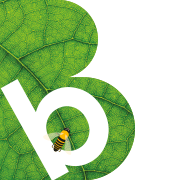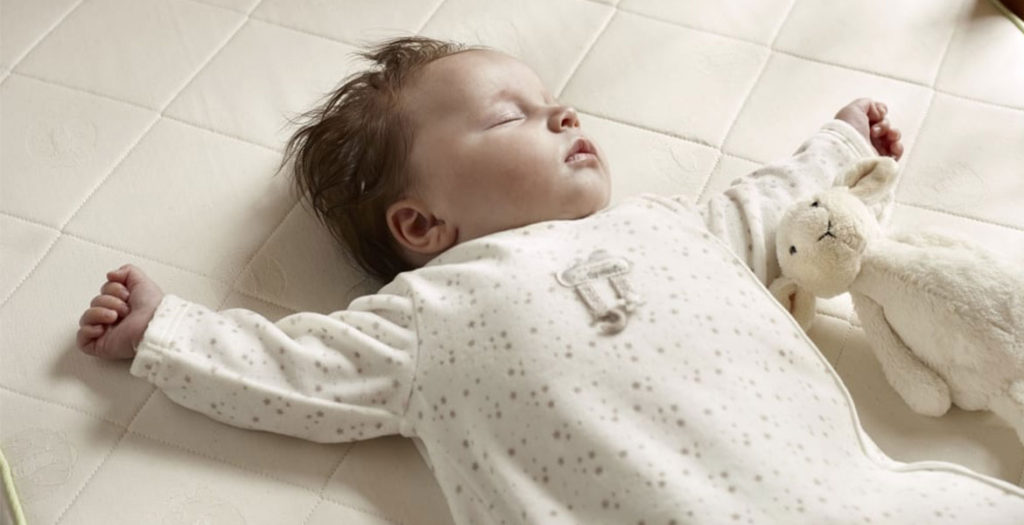Your baby’s mattress matters every bit as much as yours. Here’s our handy guide to how to choose the very best mattress for your baby.
Did you know that as a parent, the most important purchase you are going to make is a baby car seat – but after that it is their mattress. Although some cots come with a free mattress, you should consider investing more in a mattress, as sleep is vitally important for your little one. Your newborn will sleep for up to 17 hours a day in the early days.
Your baby’s spine and bones are growing at an amazing rate and sleep is essential for brain development, so a mattress needs to be soft enough for comfort, yet supportive enough to allow them to rest and grow.
Things to consider when buying a mattress
- Foam: Lightweight and cheap, a foam mattress can be a good budget buy. However, it compresses over time and can make your baby hot, so it is best for short term use only. It can be used in a Moses basket or cradle or occasional use with a travel cot.
- Open Coil Spring: Each spring is joined together in a wire frame and all springs move as one, so will not provide baby with as much postural support as they need.
- Pocket Spring: These are individual pocket springs that move independently and in partnership with one another. They respond to any change in your baby’s position. Higher spring counts and smaller springs have been scientifically proven to offer increased comfort and postural support. It will keep its supportive nature over a longer period of time and is ideal for cots or cot beds. Generally, the more you spend on the mattress, the better the mattress and the springs support your baby as they get bigger.
- Breathable, chemical free: A breathable, fully washable cot mattress cover with a chemical free mesh sleep surface allows air circulation to ensure your baby does not overheat.
- Allergen free mattresses are ideal for babies prone to allergies
- Organic: Some companies make mattresses from completely natural, organic substances such as cotton, wool, coir and natural latex. Natural materials such as wool are also naturally anti-bacterial and fire retardant so there is no need to use chemicals.
What to look for in a mattress
Does the cover come off and is it machine washable at 60°C? If not you will need to buy a mattress protector to help keep the mattress clean and free from bacteria and allergens that can be caused by dust mites.
A waterproof layer is good when potty training and some mattresses have a wipe clean layer; or add a protector.
The mattress must fit the bed well with no more than 3cm between mattress and cot. If there is a big gap, your little one may get an arm or a leg trapped.
Make sure the mattress is not too soft – in line with guidance from the NCT, NHS and Lullaby Trust, your baby should sleep on a firmer surface from 0-18 months. Some mattresses are dual sided to offer the correct postural support at each stage of infant development.
Look for a mattress with good breathability or other heat regulating properties to help create a good sleeping environment and prevent overheating, which can be dangerous.
Natural materials such as wool and cotton have excellent temperature management properties.
Is it made from hypo-allergenic materials or have an anti-allergen cover? These can keep dust mites at bay, which some people have an allergy to. If not, you can buy anti- allergenic cover sheets.
If your cot has been handed down, buy a new mattress for your baby. Never buy a second hand mattress.
With thanks to Harrison Spinks for this advice harrisonspinksbaby.co.uk

